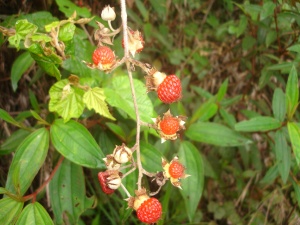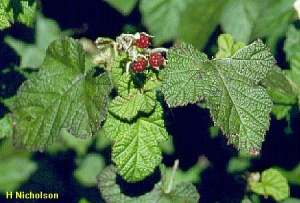Difference between revisions of "Buaq pidang runut"
Jump to navigation
Jump to search
| (One intermediate revision by the same user not shown) | |||
| Line 34: | Line 34: | ||
== References == | == References == | ||
| − | #[[Wikipedia:Ethnobotany|Ethnobotany]] of the Iban & Kelabit by Hanne Christensen | + | #[[Wikipedia:Ethnobotany|Ethnobotany]] of the Iban & Kelabit by Hanne Christensen [https://search.worldcat.org/formats-editions/464668268] |
#[[Wikipedia:rubus]] | #[[Wikipedia:rubus]] | ||
#[http://ecoport.org/ep?Plant=1879 Ecoport] | #[http://ecoport.org/ep?Plant=1879 Ecoport] | ||
. | . | ||
[[Category:B|buaq pidang runut]] | [[Category:B|buaq pidang runut]] | ||
| + | [[Category:Fruit| Buaq Pidang Runut]] | ||
[[Category:Edible Fruit| Buaq Pidang Runut]] | [[Category:Edible Fruit| Buaq Pidang Runut]] | ||
Latest revision as of 17:11, 13 April 2024
Pronunciation
Common Names
- Kelabit
- Buaq Pidang Runut (Bua Pidang Runut)
- English
- Broad leafed bramble, Molucca Bramble (3)
- Malay
- Tumbuhan liar raspberi
Encyclopedic info
See also Buaq Pidang
- Scientific name
- Rubus moluccanus (1)
- English
- R. moluccanus has a simple leaf and is a scrambling shrub reaching 2 to 3 m high. The stems and leaves are armed with medium sized spines. The leaves are large and lobed and the upper surface hairy. The leaf has a crinkled surface and the underside is white. The flowers are white and borne in clusters. The berries are about 1 cm across. They are red and with little flavour. Usually eaten by children. (3)
- The plant was formerly used in connection with ceremonies to keep peace with the spirits. (1)
- Malay
- ?
References
- Ethnobotany of the Iban & Kelabit by Hanne Christensen [1]
- Wikipedia:rubus
- Ecoport
.


